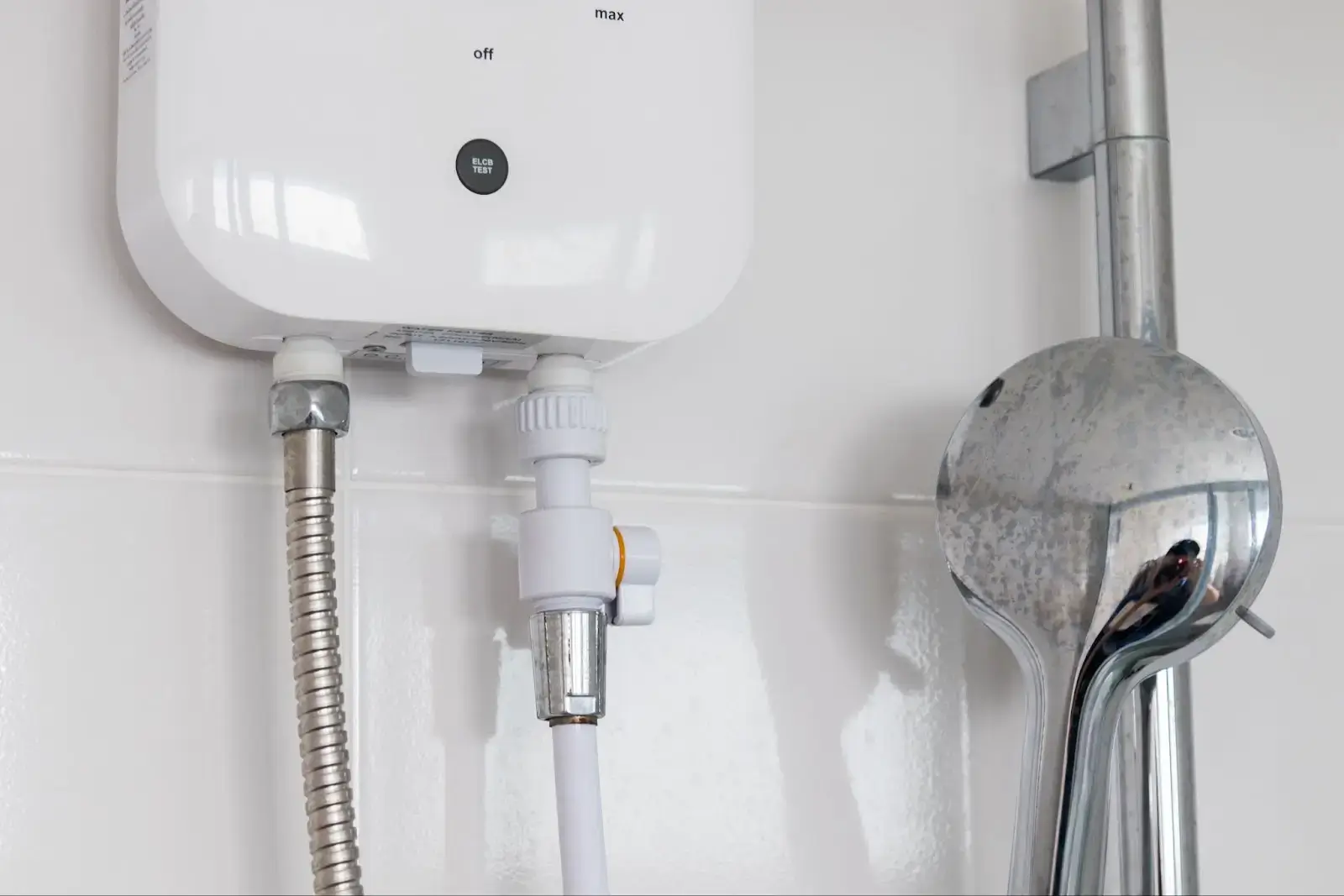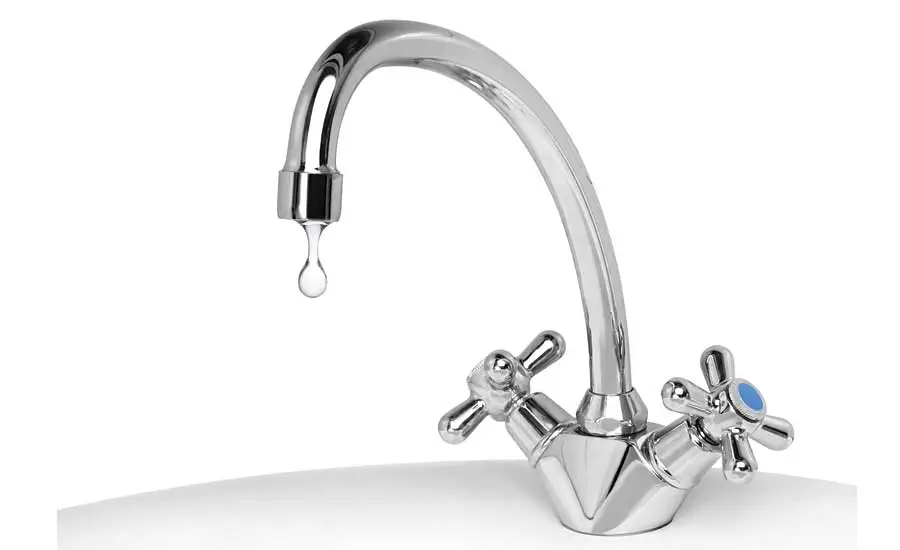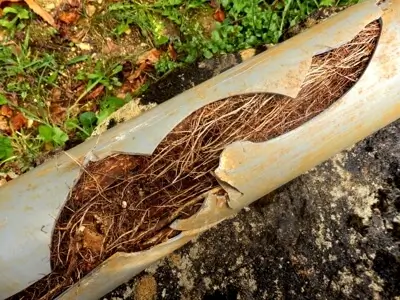Is it always too cold or never enough? Is it sweltering or blistering? Don't worry; you are not crazy.
Does it feel like you can no longer control your home's temperature settings? Trust your gut! Something is wrong.
A bad thermostat can drive us all nuts, thinking our body temperature is to blame, but it's not just you. Everyone has been basking in uncomfortable temperatures recently.
Your home's erratic temperature may be thanks to a mechanical malfunction. If your HVAC system responds to a faulty thermostat, you may need help to control indoor temperatures.
Read on to learn more about your thermostat and how you can tell if it's malfunctioning.
Parts of an HVAC System
Various components work together to maintain your home's desired temperature. If your cooling system has trouble meeting your expectations, there may be something amiss within your HVAC systems.
While there are different HVAC systems, all have a few things in common.
Central Air Conditioner
- Indoor air vents
- Condenser (outdoor unit)
- Mechanical thermostat/Digital thermostat (wall attachment or wireless remote control)
Central air conditioners distribute heating or cooling around your home through various air vents. All vents are linked to one outdoor unit (condenser) through air ducts and blow air at the temperature set by a singular thermostat.
A central air conditioner typically has a mechanical or digital thermostat attached to the wall. The HVAC unit corresponds to a centralized thermostat, controlling all room temperatures.
Thermostats working properly may manage different temperatures correctly. However, a thermostat with wiring problems may not transmit temperature settings, leading to erratic temperatures.
Additionally, thermostats that aren't calibrated correctly may lead to short cycling, discrepancies in energy costs, and cause other components to start malfunctioning.
Multi-Split System Air Conditioner
Like central air conditioning units, multi-split systems also have three important components:
- Indoor air handlers
- Compressor (outdoor unit)
- Digital thermostat (wireless remote control)
Different from a central AC, a multi-split system isn't constantly running and only caters to part of the house. One multi-split system consists of one indoor handler with a corresponding compressor controlled by one wireless thermostat.
An indoor air handler is linked to the compressor through copper wire connections known as coils. A mini-split directly delivers conditioned air to its designated room without any ductwork.
A thermostat failure may be due to a battery or wiring defect. A remote controller controls your multi-split through electrical signals. If the remote controller is damaged, it prevents electrical signals from going through transmitters.
However, the remote controller may be fine. Internal receptors within the cooling system may not receive signals, preventing your air conditioner from delivering temperatures at the right setting.
While there are obvious telltale signs for all systems, it's often easier to figure out if a multi-split air conditioner has a bad thermostat. Since it's separate from all the other units, your room may be the only one facing erratic temperatures.
How Do You Know If Your Thermostat Is Bad?
Your HVAC system misfiring airflow temperatures is hard to miss. An air conditioning system often fails to deliver heating or cooling when there's a malfunctioning component.
It may be challenging to blame the thermostat or any other component immediately. Here are some ways you can pinpoint thermostats as the root of the problem.
Does My HVAC System Have a Malfunctioning Thermostat?
Your HVAC system often takes a few minutes to respond to the thermostat settings. If your cooling system doesn't correspond to the programmed settings, it may be hardware or internal wiring issues.
There may be a malfunction if it takes too long to adhere to the temperature settings indicated on your thermostat.
Thermostat failure might be thanks to wear and tear. However, if you have a new thermostat, the problem may be with your HVAC system or its ability to receive electric signals.
Here's how you can tell one problem from the other.
The Most Obvious Sign
It's important to note most devices have a set lifespan, and your old thermostats may have outlived theirs.
The most obvious sign is damage around the physical thermostat. If your thermostat has a little lever bent out of shape, it may have already outlived its lifespan, and its wires may now also be compromised.
However, if it's firmly connected to the wall with no visible damage, it may not be due to hardware issues. Internal wiring plays a huge role in everything; any short-circuiting will affect thermostat transmission.
Frayed wires or a blinking digital interface is a telling sign and should be considered. Take these as signs you need thermostat replacement, stat!
A More Subtle Sign
While a visibly faulty thermostat isn't hard to tell, internal issues may be more challenging. Any problems with your heating or cooling system may lead you to the thermostat.
If your cooling equipment has a delayed response, you may attribute it to environmental temperatures making it more challenging. However, your HVAC system may fail to respond immediately or at all to a broken thermostat.
You may notice too much heat coming from your air handlers even when you set the thermostat to the lowest possible setting and vice versa. An unresponsive HVAC system is a common issue often caused by a malfunctioning thermostat.
Smart Thermostats
If your HVAC turns on and off by itself, you may have a Smart system. A smart thermostat has automated functions, triggering various components to deliver more or less heat depending on your pre-programmed settings.
While they may come at higher upfront costs, smart systems may help users save money in the long run. Instead of your HVAC equipment constantly running, heating is intermittently switched on and off to deliver any temperature more efficiently.
It sounds great, but a heat pump with smart systems may suffer more from a defective thermostat. A smart thermostat replacement may also cost more, considering its more critical role in heating or cooling your home.
If the cooling cycle doesn't automatically start up or shut down, it's best to contact a professional to conduct an inspection.
Can I Fix a Broken Thermostat?
You may fix a thermostat on your own. However, depending on your thermostat, it may be more complicated without the right HVAC equipment. It would be best to leave a broken thermostat to the pros, but you may safely inspect the unit before calling them.
Any thermostat affixed to the wall will have a respective mounting screw attached to all corners. If you have the right-sized screwdriver, you may dislodge the unit from the wall for closer inspection.
CAUTION: If you see any exposed wiring, do not attempt to test wires against each other as we see in the movies. This will not kickstart systems into working properly. You put yourself at risk of electrocution and causing mechanical damage.
If you have safely removed the thermostat from the wall, you can clean it with a small brush and wipe off any residue. Sometimes a thermostat is hindered by residue and other debris.
While all components can benefit from thorough cleaning, a bad thermostat may not be the problem. Your temperature may not be altered due to clogs when the return vents suck up debris, interrupting airflow, and causing AC problems.
If you don't think your thermostat is the problem, you should have your air conditioner looked at by a specialist. Your home's temperature may suffer from more than a bad thermostat.
Certified HVAC Technician in Oregon
Remember, AC units can suffer from thermostat failure, refrigerant leaks, blocked air ducts, clogged air filters, short cycling, and more problems causing erratic temperatures. Thermal issues cause discomfort and reflect on your energy bills.
Your HVAC may need routine maintenance services, a much-needed tune-up, or a total overhaul. You may wince at upgrading your systems, but a thermostat replacement may not cut it this time.
There's something wrong if you feel sudden shifts in room temperatures or uneven airflow. It would be best if you acted immediately.
Many homeowners prefer the "Do It Yourself" style of dealing with AC issues. However, some reliable technicians in Oregon may lift the burden off your hands efficiently.
If you feel your HVAC delivers a subpar yet costly heating or cooling cycle, call Oregon's finest!
Sunset Heating and Cooling | Electrical
Our reliable HVAC technicians prioritize efficiency, transparency, and quality in all heating and cooling services. When you enlist our assistance, you aren't just getting electricians.
Our team specializes in heating and cooling equipment with only the most reliable tools and techniques. We cater to all your needs, from thermostat repair to more extensive heating and cooling services.
If you are ready to get rid of your old thermostat and the rest of your worn-out HVAC units, we can help you go through newer options. Our AC replacement services will help you find the most efficient, convenient, and sustainable option for your home.
You can start your journey toward more sustainable heating and cooling today! Look at our list of heat pump options and inquire about how it may suit you and your family.







